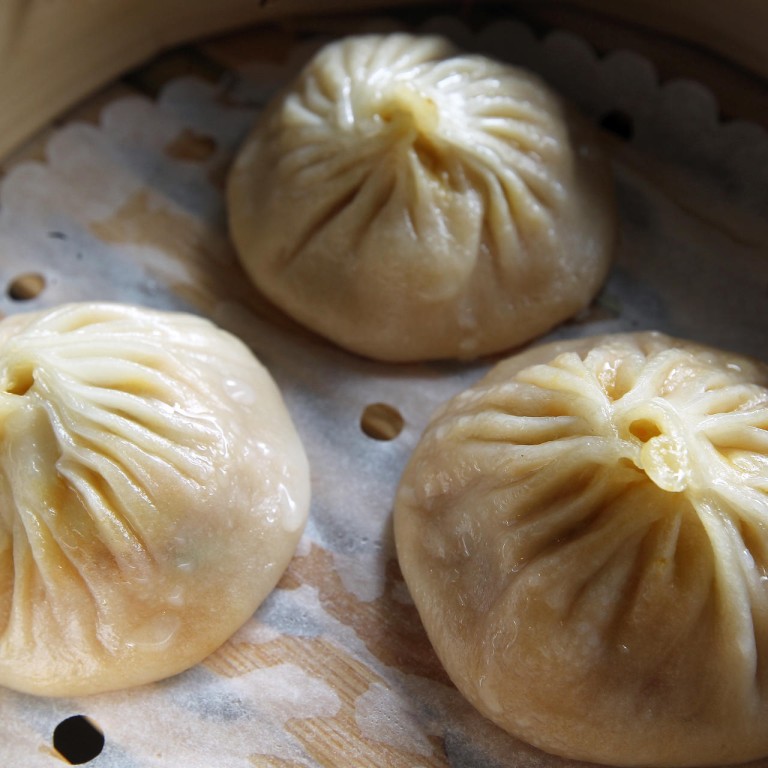
Legends: the two stories behind xiaolongbao
, or literally, "little basket bun", is the delicate steamed dumpling filled with pork and soup often thought to have originated in Shanghai.
Legend has it that its inventor was a man named Huang Mingxian, the owner of a restaurant called Ri Hua Xuan in Nanxiang, a district of Shanghai. In the 1870s, he invented the dumpling by adding aspic to his pork mince - upon steaming, the aspic would become liquid, thereby filling the dumpling with soup.
He decided to market this delicate creation (the best are supposed to have 14 pleats at the top) under the name of , meaning a large meat-filled bun from Nanxiang. His rationale was that the actual, petite size of the dish that arrived would stun customers, making it memorable.
Customers flocked to his restaurant for the dumplings, but the name didn't stick entirely. People began calling it Nanxiang xiaolongbao - while the geographical detail and the bun ( ) reference stayed, customers rightfully named the dumplings (small), and (basket) because they were always steamed and served in baskets.
Another story goes that Emperor Qianlong (1711-1799) tasted the dumplings in Wuxi, Jiangsu province, while travelling through the region. He travelled along the river and so was given the nickname of Youlong, or Swimming Dragon.
On his trip, he was given xiaolongbao to try as a local speciality, and he apparently raved about them. The xiaolongbao of Wuxi thus became famous, and some even say that the in xiaolongbao should be dragon rather than basket (the two words are homonyms) in his honour.
